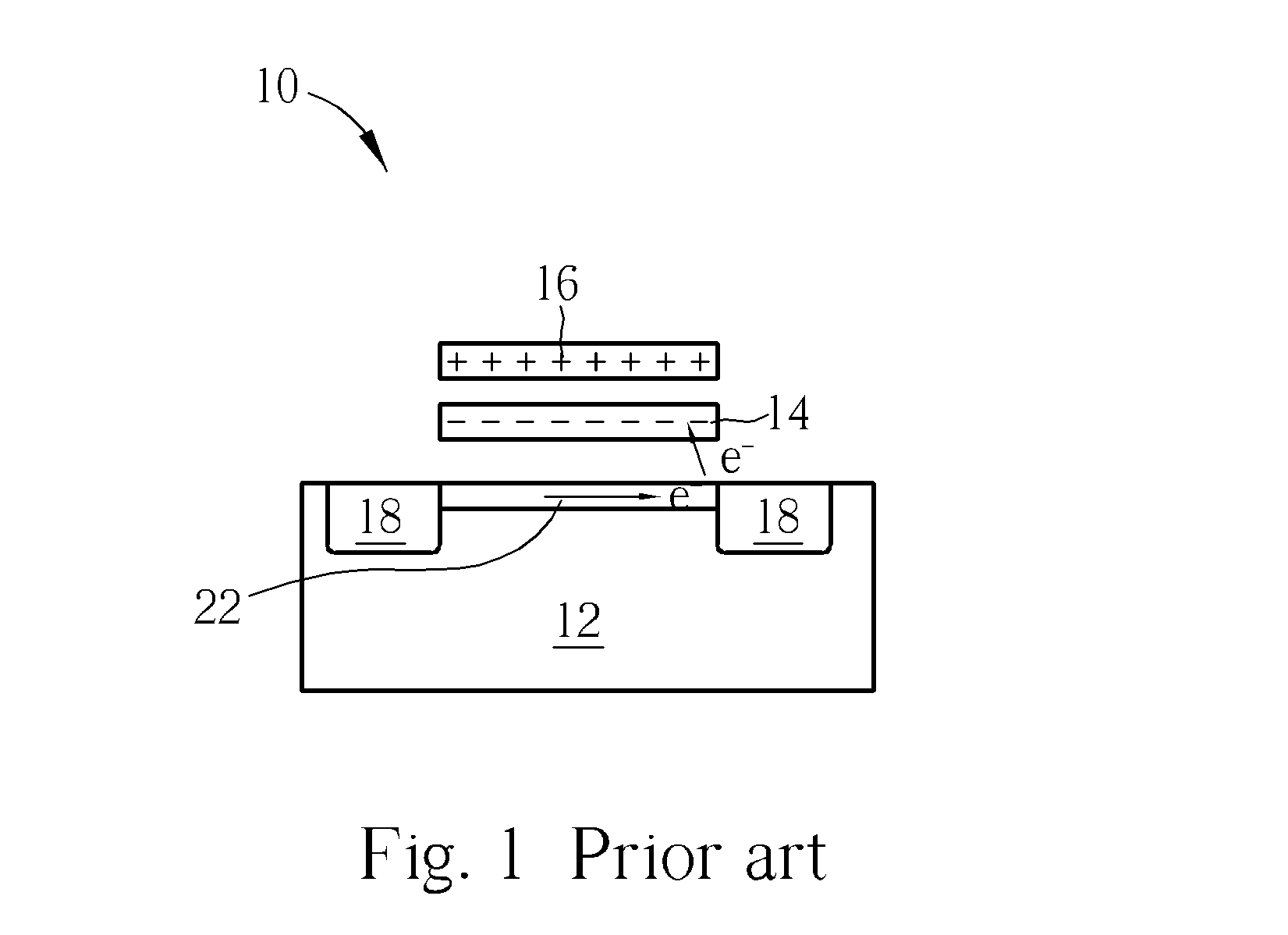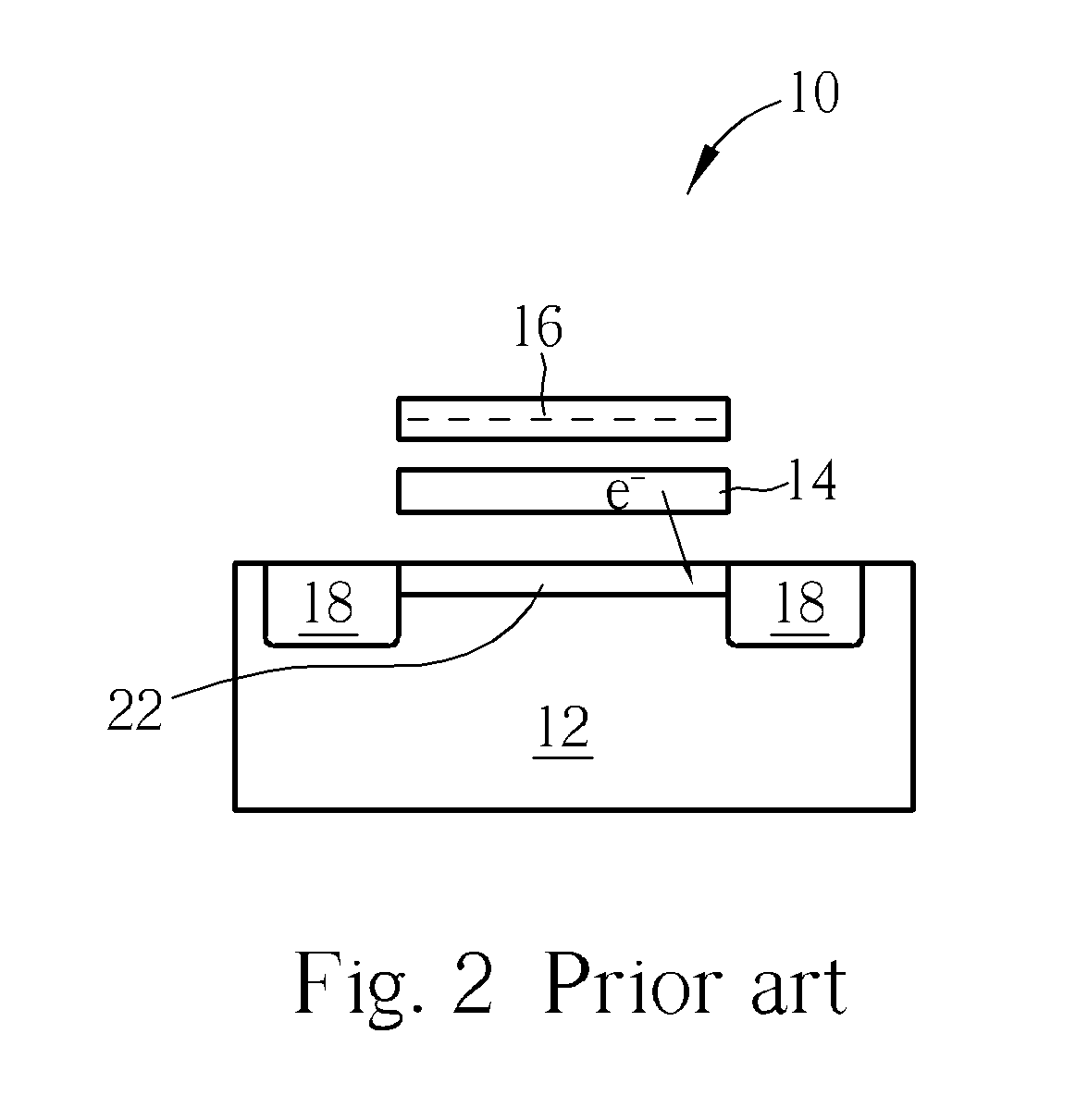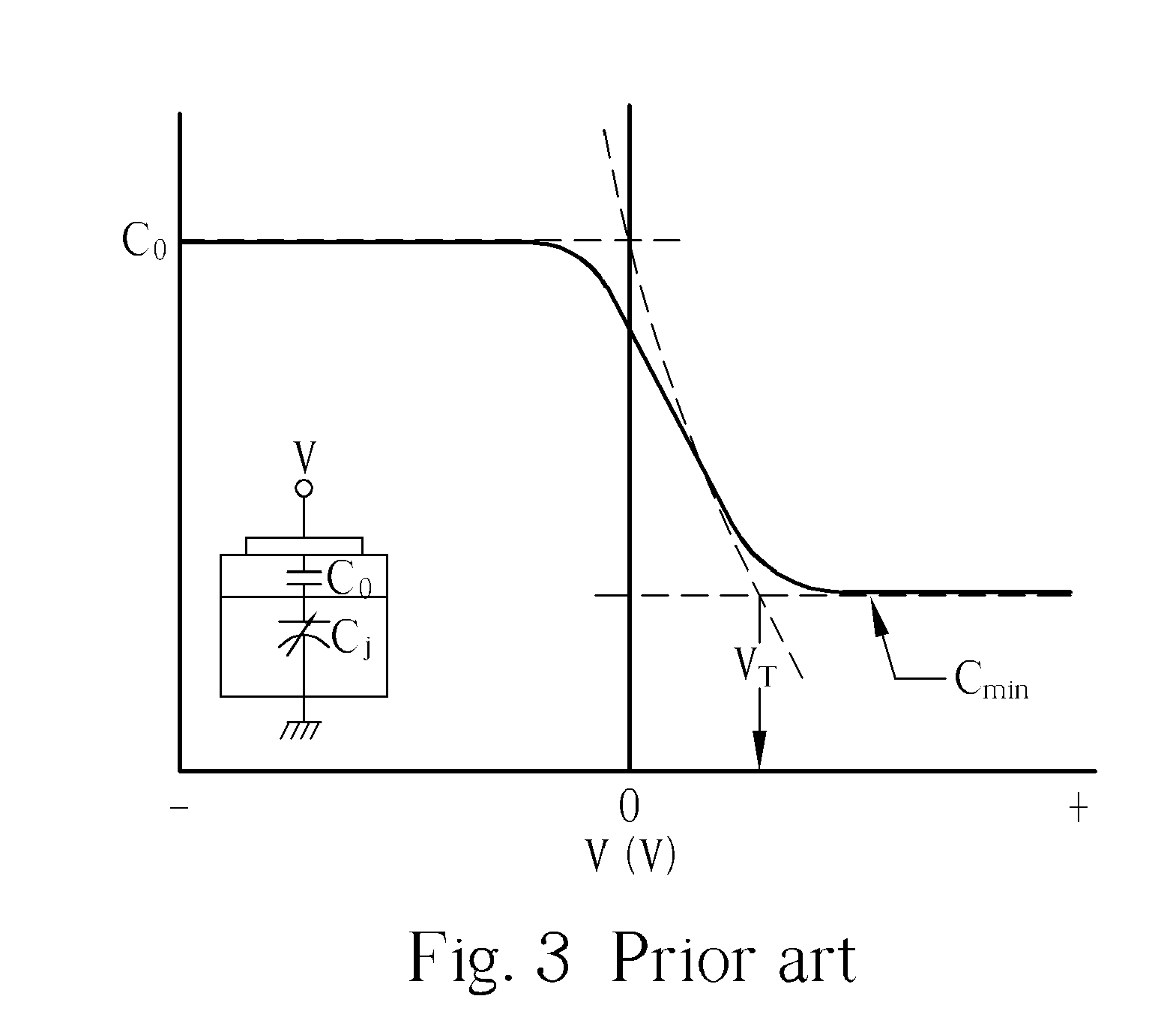Method for monitoring quality of an insulation layer
a technology for monitoring the quality of insulation layers, applied in the testing/measurement of individual semiconductor devices, semiconductor/solid-state devices, instruments, etc., can solve the problems of stress-induced degradation of insulation layers, inability to accurately simulate device failures, and various compositions of insulation layers, etc., to achieve accurate simulation of device failures, simple, fast and automated in-line monitors
- Summary
- Abstract
- Description
- Claims
- Application Information
AI Technical Summary
Benefits of technology
Problems solved by technology
Method used
Image
Examples
Embodiment Construction
[0038] The principle for monitoring the quality of the insulation layer according to the present invention is to utilize the Fowler-Nordheim tunneling mechanism equation. That means, the method provided by the present invention may be applied to any of the insulation layers in which the Fowler-Nordheim tunneling occur. The insulation layer may be a tunnel oxide layer in a flash memory cell or other non-volatile memory cells, a gate oxide layer in a MOS transistor, a capacitor dielectric layer in a capacitor, or an inter layer dielectric in a interconnection structure. For example, a gate current (Ig) is due to Fowler-Nordheim tunneling when the voltage difference across the oxide layer for the SiO2—Si interface is greater than approximately 3.2V. However, since both the insulation layer and the material layer directly contacting with the insulation layer may have different material compositions, different interfaces are thus formed. The voltage difference across the insulation layer...
PUM
 Login to View More
Login to View More Abstract
Description
Claims
Application Information
 Login to View More
Login to View More - R&D
- Intellectual Property
- Life Sciences
- Materials
- Tech Scout
- Unparalleled Data Quality
- Higher Quality Content
- 60% Fewer Hallucinations
Browse by: Latest US Patents, China's latest patents, Technical Efficacy Thesaurus, Application Domain, Technology Topic, Popular Technical Reports.
© 2025 PatSnap. All rights reserved.Legal|Privacy policy|Modern Slavery Act Transparency Statement|Sitemap|About US| Contact US: help@patsnap.com



